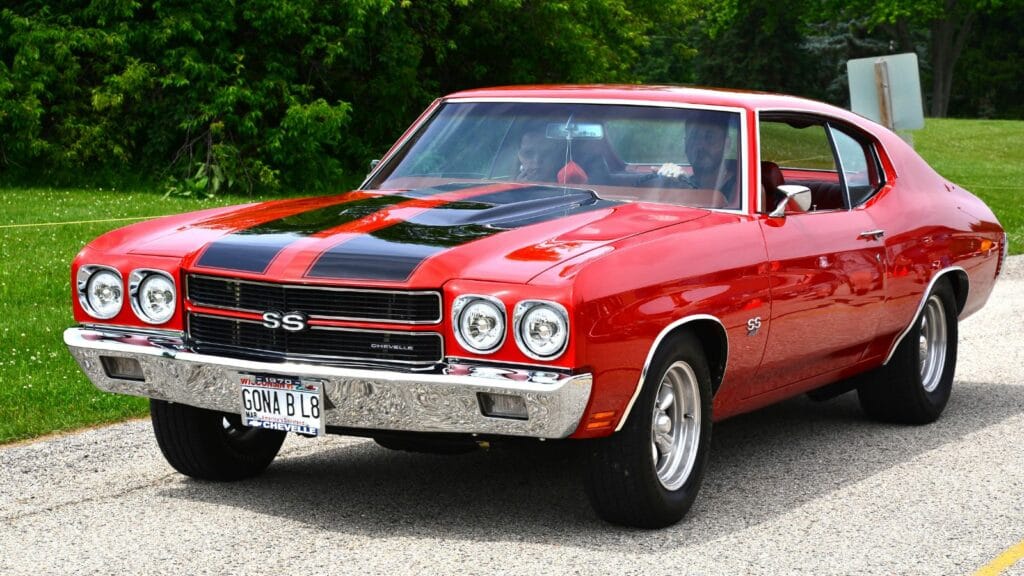Big block engines were once the pride of Detroit and the soul of the muscle car era. Built for brute force, huge torque, and thunderous sound, these massive V8s defined a time when horsepower wars dominated the industry. Gas was cheap, speed was king, and the bigger the cubic inches, the better. While emissions laws and fuel crises eventually ended their reign, the legend of those massive engines still roars on today. Here are 12 cars that rolled off the factory floor with some of the largest and most iconic big block engines ever produced, expanded with deeper history and cultural impact.
Chevrolet Impala SS 427
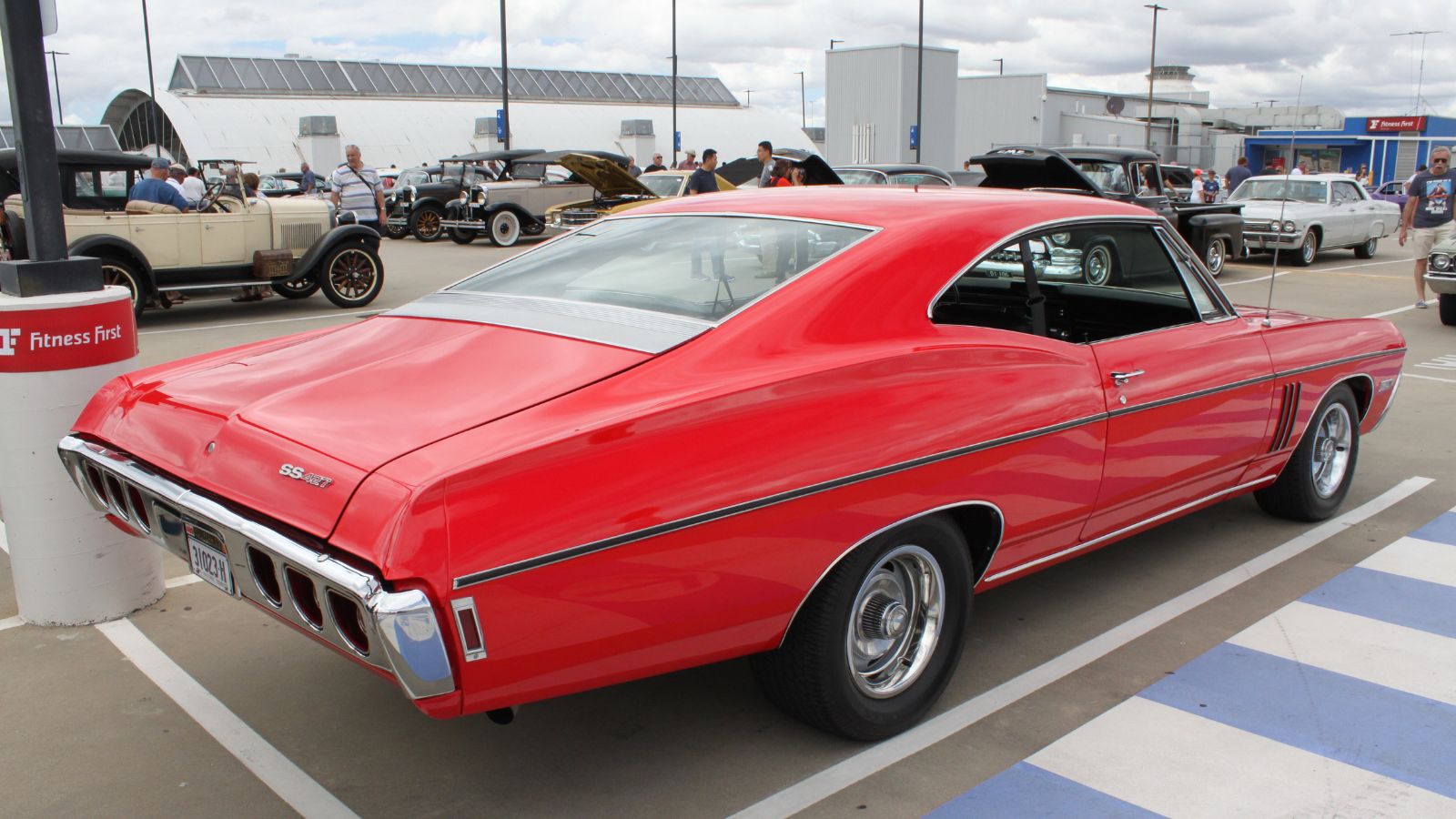
The Chevrolet Impala SS became a performance icon when it could be ordered with the 427 cubic inch big block in the late 1960s. This was a car that blended style, size, and speed in one package. Offered in multiple versions, from mild to wild, the 427 equipped Impalas could deliver serious muscle for drivers who wanted both space and performance. On the street, it gave Chevrolet bragging rights in the horsepower wars, and on the drag strip it became a heavy hitter. The Impala SS 427 remains a symbol of full size American muscle, proving that family cars could still bring the thunder.
Chevrolet Chevelle SS 454
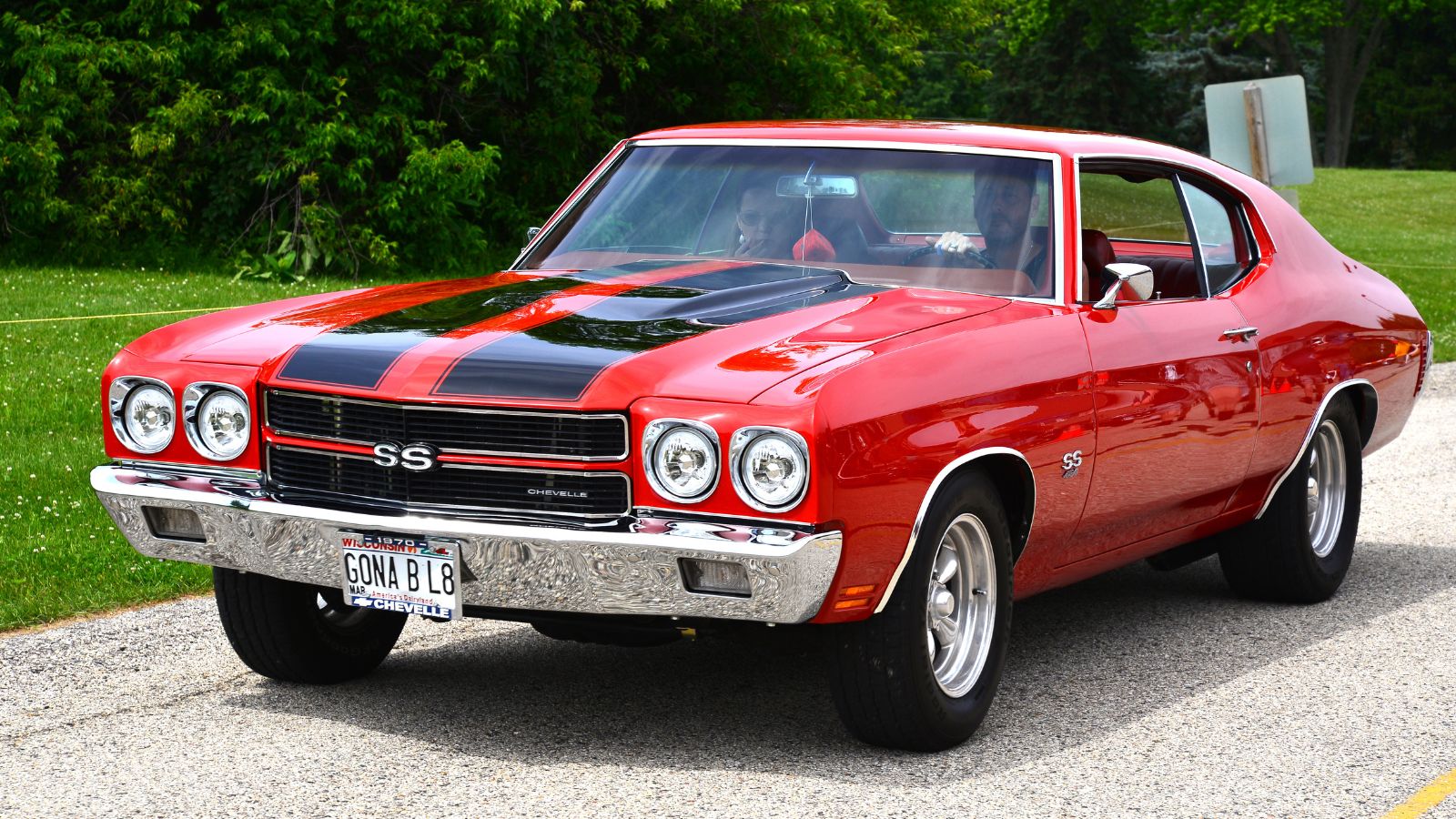
Few names strike fear like the Chevelle SS 454, especially in LS6 trim. Officially rated at 450 horsepower, many believed it was underrated, with actual output much higher. This car represented Chevrolet’s ultimate big block statement. It had the looks, the presence, and the straight line performance to humble almost anything on the road in 1970. The Chevelle SS 454 quickly became one of the most feared muscle cars of all time and is still a blue chip collectible today. It was the height of the displacement wars, and Chevrolet made sure no one could ignore its dominance.
Chevrolet Corvette 454
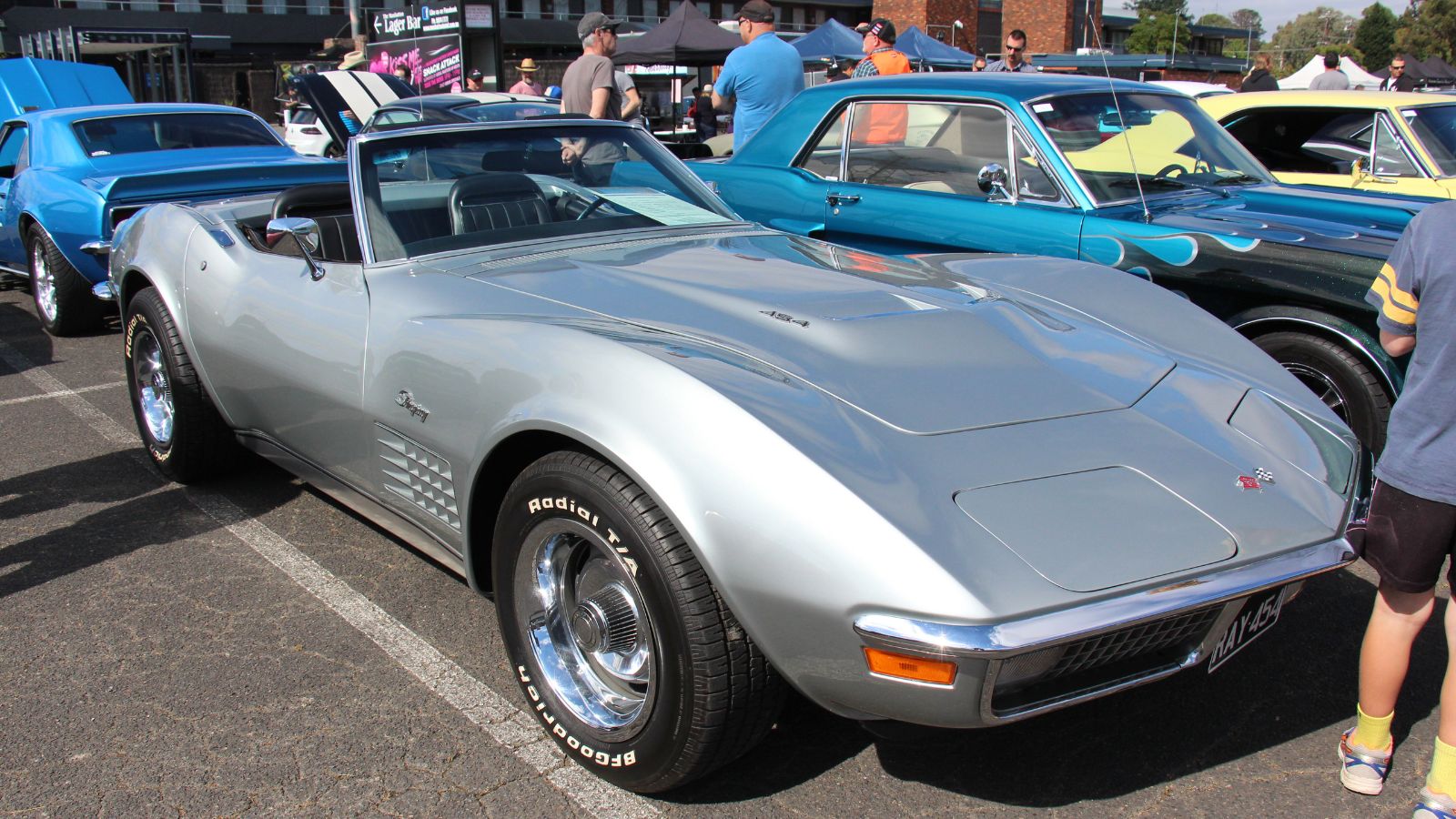
The Corvette’s pairing with the 454 cubic inch big block was a marriage of America’s sports car with raw muscle. Available in both LS5 and LS6 forms, these Corvettes were absolute monsters on paper, though emissions and tightening regulations began to choke them soon after. In their prime, however, they offered jaw dropping straight line performance and made the Corvette one of the most powerful cars in the world at the time. Collectors cherish these early 70s big block Corvettes not just for the performance, but for the era they represent, when power took precedence over everything else.
Pontiac GTO 455
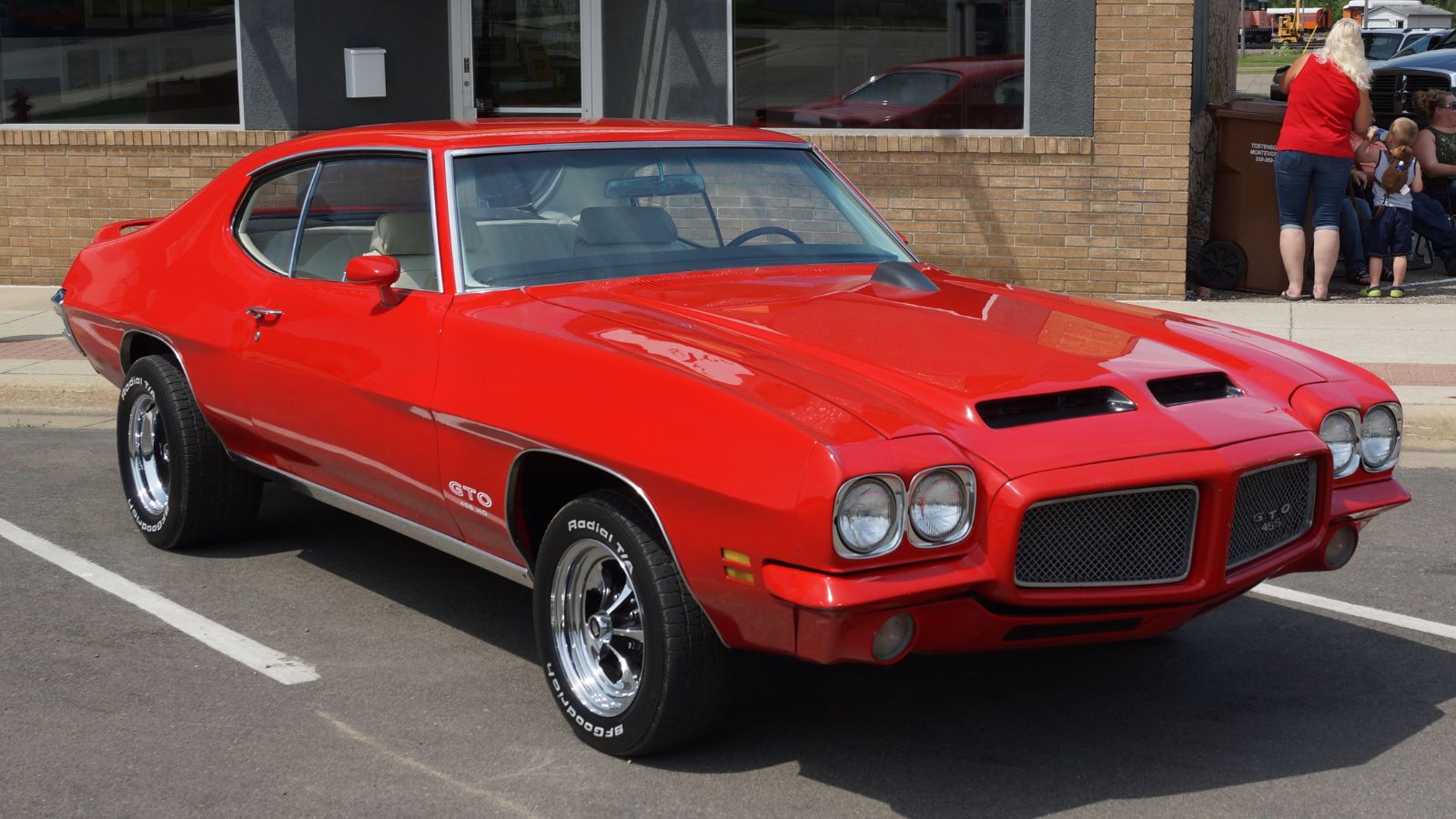
The Pontiac GTO already earned the nickname “The Goat” as one of the first true muscle cars, but the 455 cubic inch option elevated it to another level. While not as high revving as the smaller 400 engines, the 455 produced mountains of torque, making it ideal for shredding tires and leaving stoplights in a cloud of smoke. It gave the GTO incredible street presence and cemented Pontiac’s reputation for building cars with a rebellious spirit. Even as emissions rules cut horsepower numbers, the legend of the 455 GTO lived on as a car that perfectly embodied the golden age of American performance.
Pontiac Trans Am 455 Super Duty
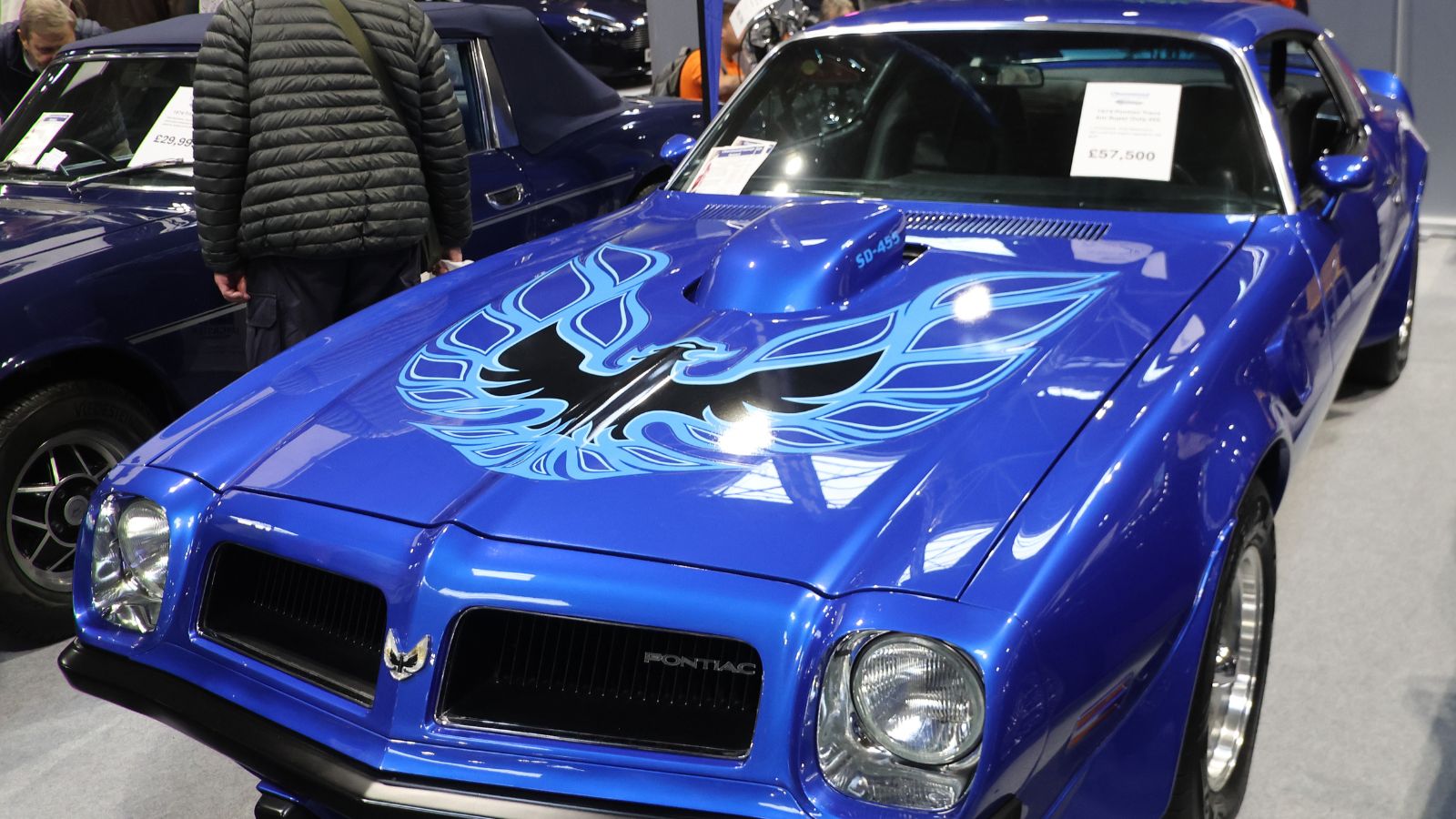
The Trans Am hit its peak in the early 1970s when Pontiac introduced the 455 Super Duty. It was essentially a race engine detuned for the street, built with heavy duty internals and immense torque. It made the Trans Am one of the most powerful American cars available during a time when performance was being strangled by regulations. Pontiac fought hard to keep excitement alive, and the Super Duty proved they succeeded. Today, it is one of the most collectible and respected muscle cars, admired not just for its power but for being a last gasp of true big block fury before the industry changed.
Oldsmobile 442 455
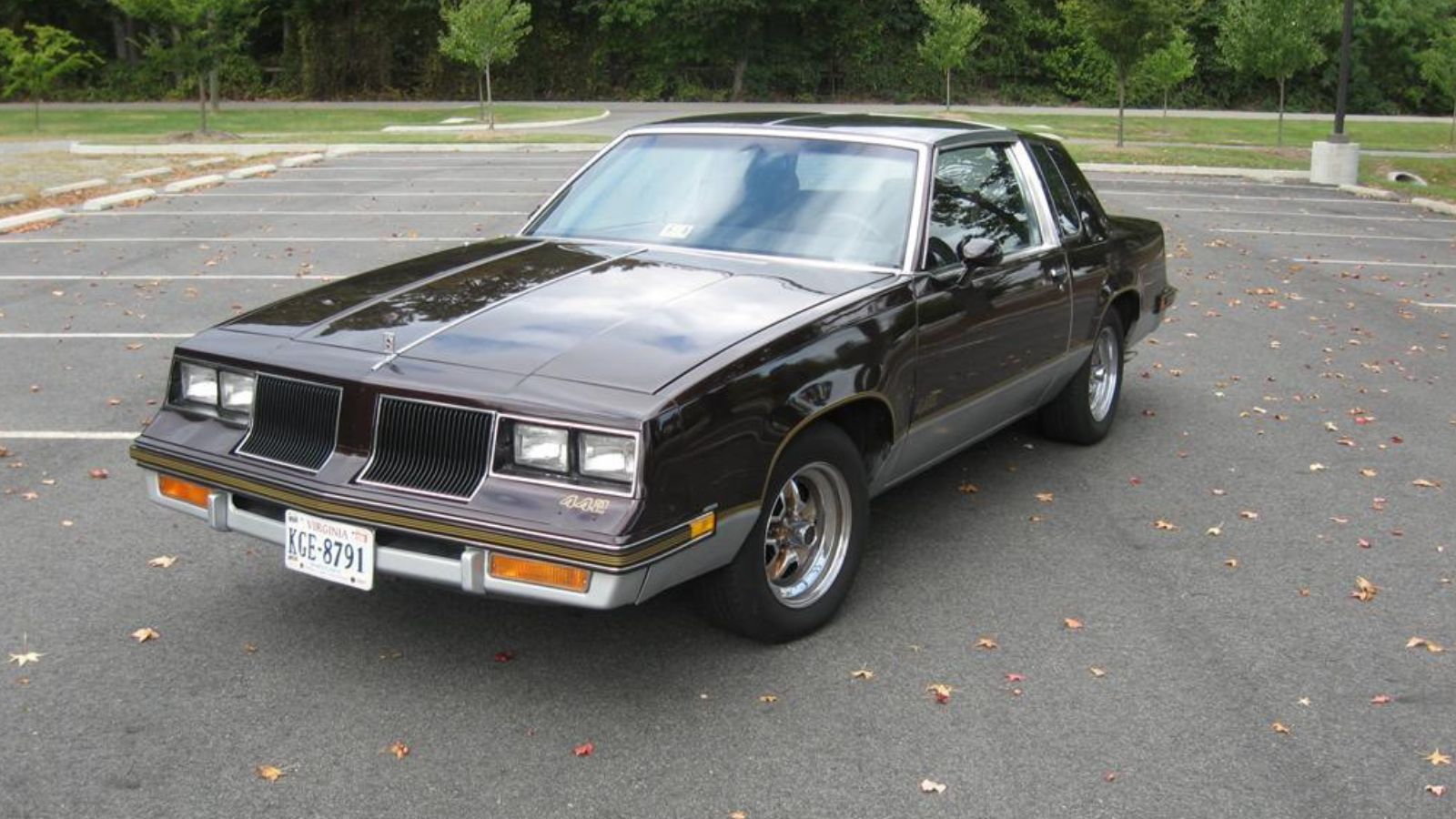
Oldsmobile stepped up with its 455 cubic inch V8, which gave the 442 serious credibility. Known for a balance of refinement and brute strength, the Olds 455 had a reputation for durability and excellent torque delivery. The 442 455 stood toe to toe with Chevelles, Chargers, and GTOs, but it had its own style and loyal following. Oldsmobile marketed itself as a slightly more upscale performance choice, and the 442 455 gave buyers both sophistication and raw speed. It was a sleeper in many ways, not always grabbing headlines but delivering performance that made rivals take notice.
Buick GSX 455 Stage 1
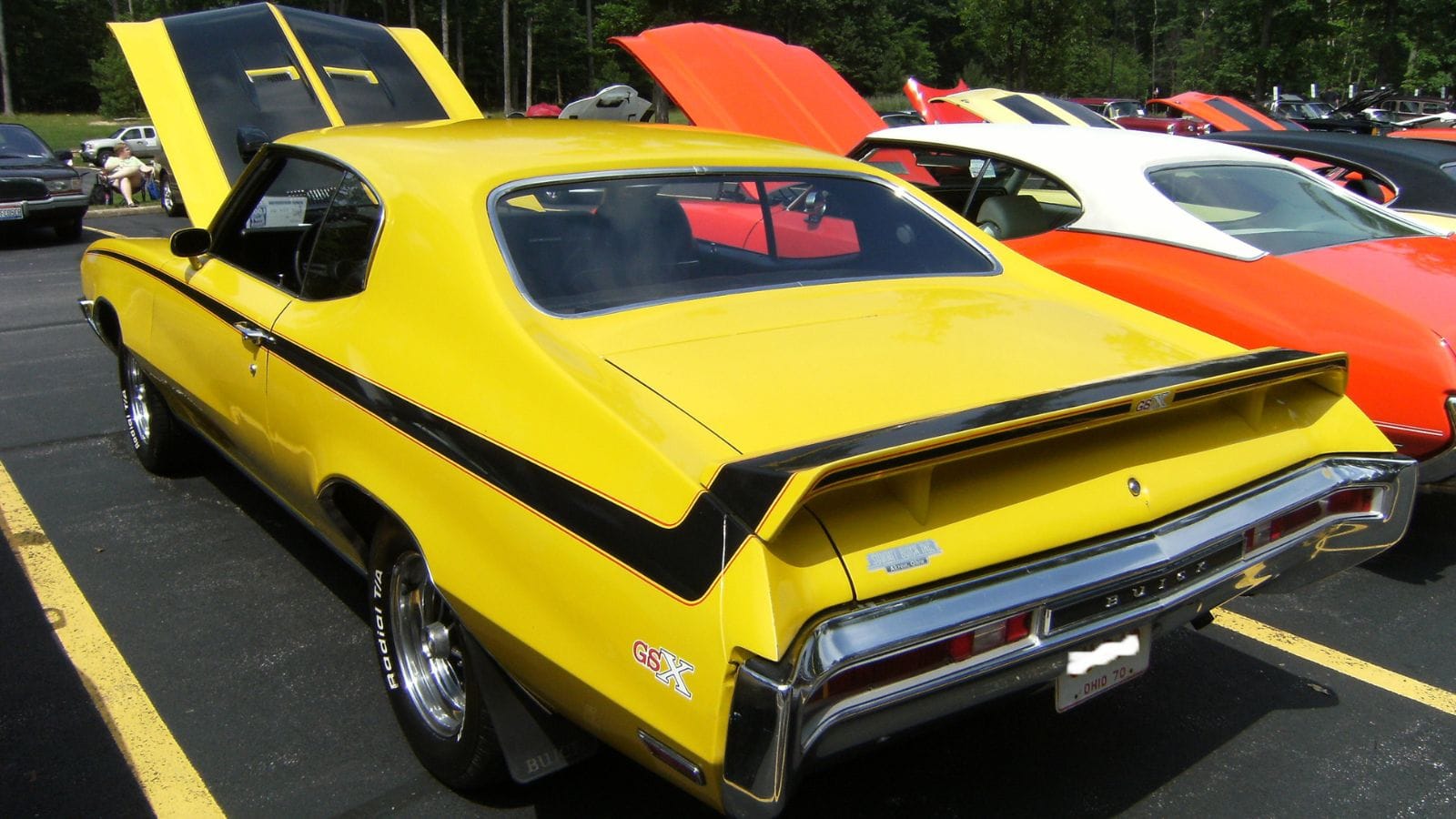
The Buick GSX with the Stage 1 455 is often called one of the most underrated muscle cars of its era. With torque figures surpassing 500 pound feet, it could beat many more famous rivals off the line. Buick marketed the GSX as a gentleman’s muscle car, with comfort and refinement matched by startling performance. The GSX proved that you didn’t need loud stripes or flashy marketing to build a giant killer. Today, collectors recognize the GSX 455 Stage 1 as one of the greatest muscle cars of all time, a machine that combined big block muscle with unexpected sophistication.
Ford Torino Cobra 429
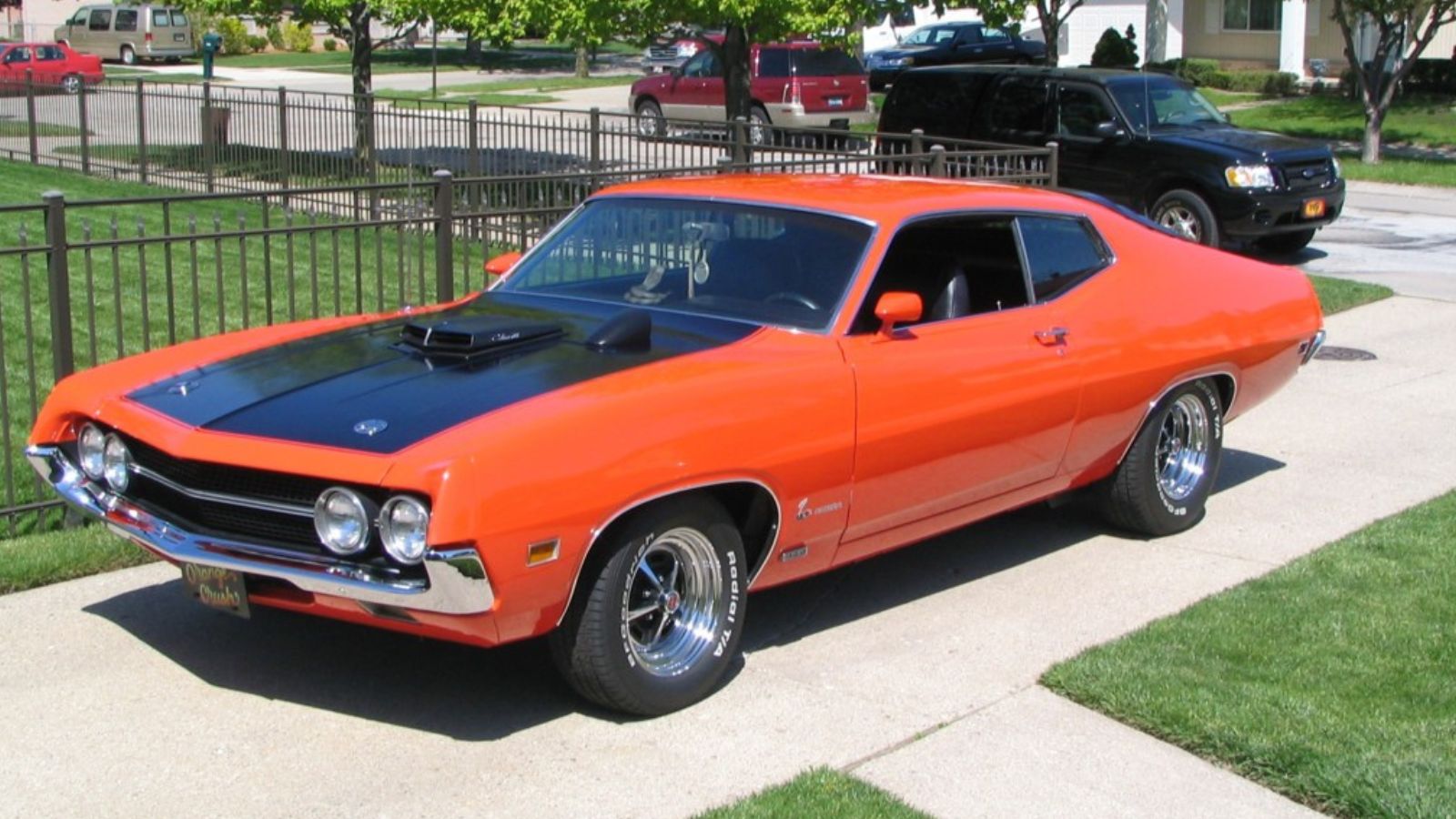
Ford answered the big block competition with its 429 Cobra Jet, available in cars like the Torino Cobra. The engine could be ordered in several high performance versions, with horsepower ratings well over 370. It was a car built not just for the street but also with NASCAR in mind, where Ford needed to compete against Mopar’s Hemi dominance. The Torino Cobra 429 gave Ford drivers a serious weapon in the displacement wars, and its presence on the street made it a true heavyweight.
Ford Mustang Boss 429
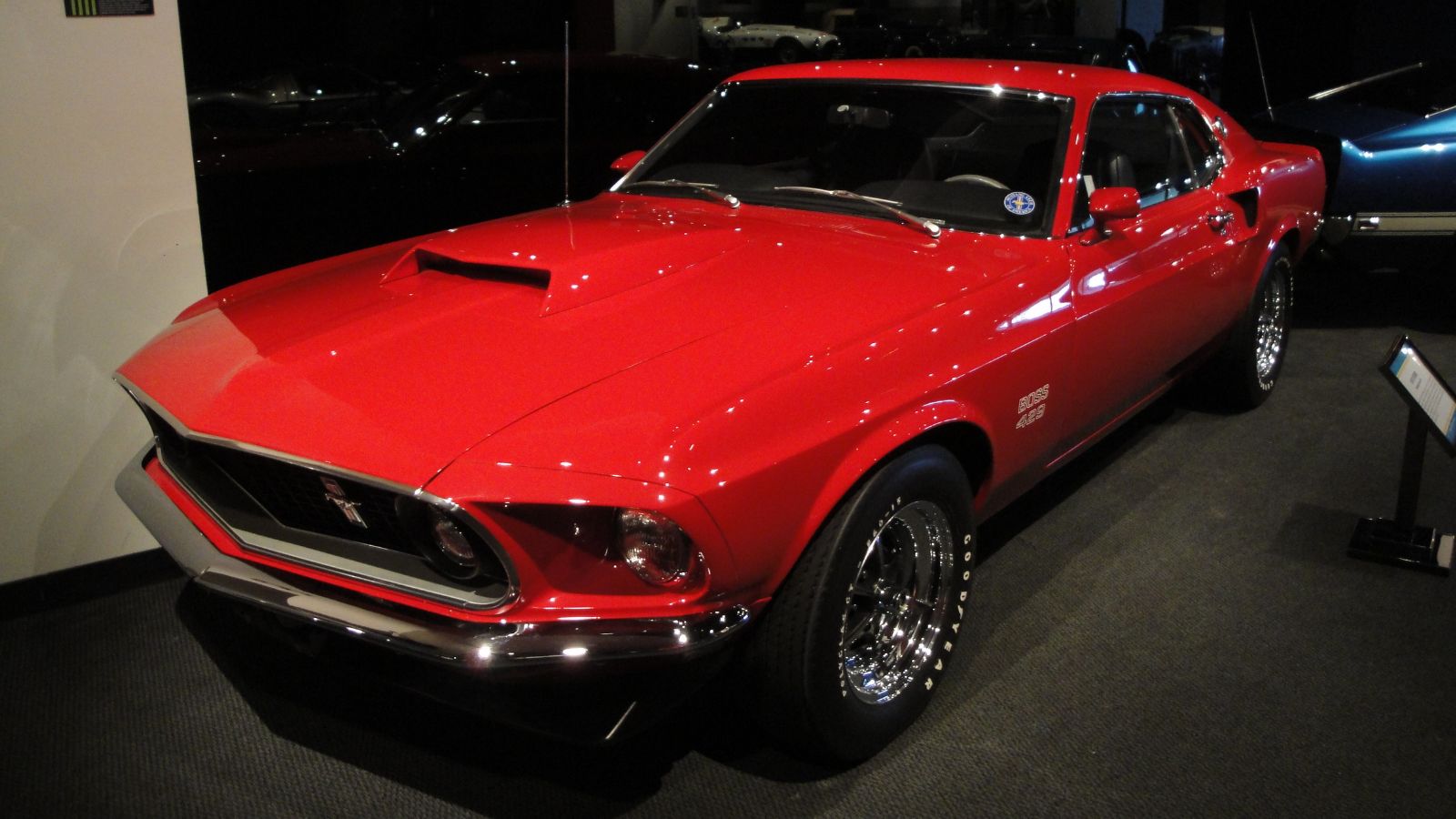
The Boss 429 Mustang is one of the rarest and most revered Mustangs ever built. Designed to homologate Ford’s NASCAR efforts, the 429 engine with its semi hemispherical heads was shoehorned into the Mustang’s engine bay by hand at Kar Kraft. With fewer than 1,400 built, the Boss 429 became a collector’s prize. Its massive displacement, unique engineering, and limited production all combined to make it one of the most legendary factory big block Mustangs ever. It remains one of the ultimate blue oval muscle cars and a holy grail for collectors.
Dodge Charger 440 Magnum
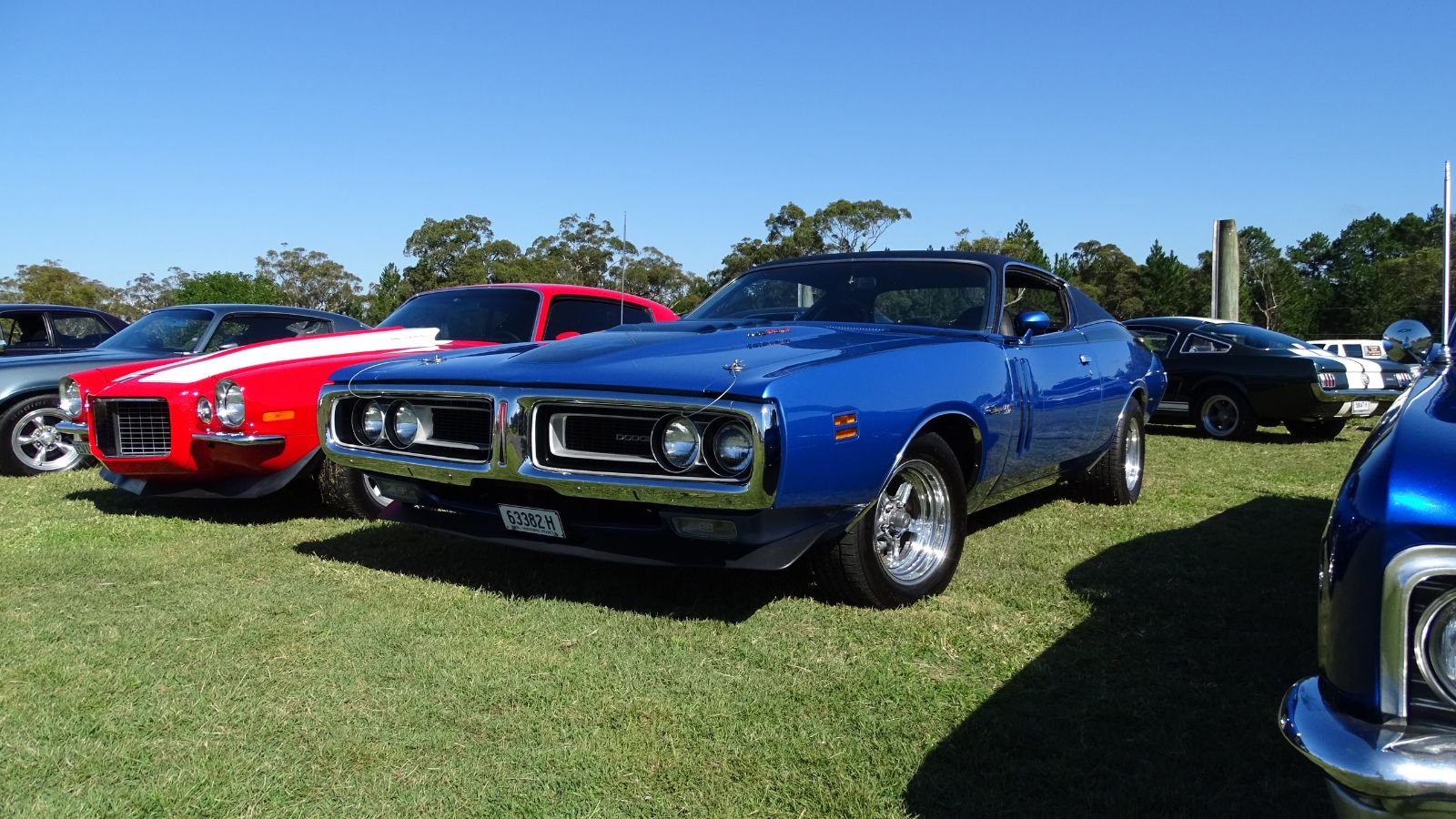
The Dodge Charger was a star of the Mopar lineup, and with the 440 Magnum under its hood, it became one of the defining cars of the muscle era. Known for durability and huge torque, the 440 was beloved by both street racers and drag racers. It gave the Charger a perfect mix of size, style, and performance, and its appearances in pop culture, from Bullitt to The Dukes of Hazzard, solidified its place in history. The Charger 440 remains an icon, remembered for being as tough as it was stylish.
Plymouth Road Runner 440 Six Pack
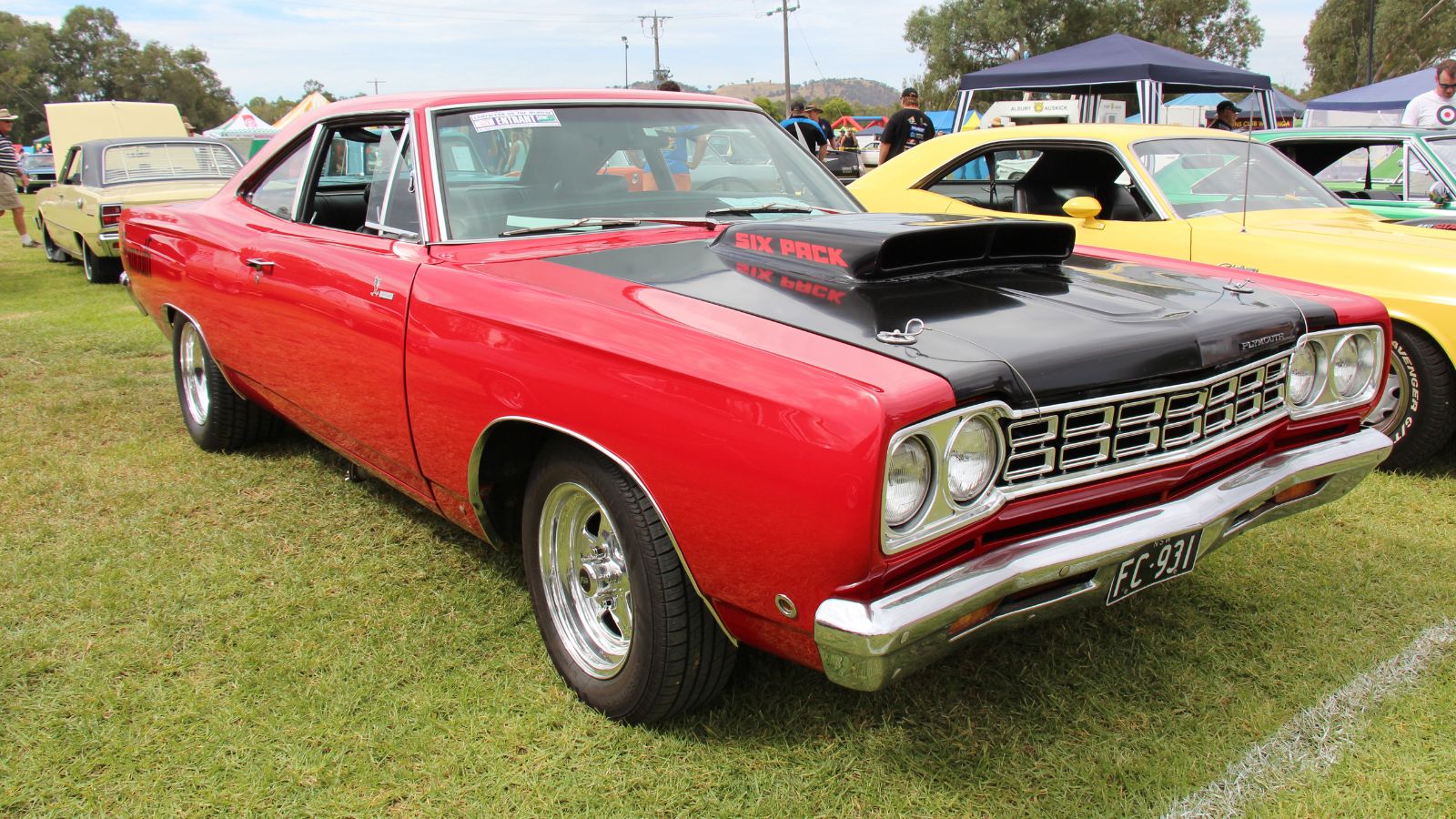
The Plymouth Road Runner was built as a budget friendly muscle car, but with the 440 Six Pack option, it became one of the most feared street machines. The triple two barrel carburetors provided excellent throttle response and raw power, while the Road Runner’s light weight kept it competitive. This setup made the Road Runner a legend among drag racers and muscle car fans alike. The 440 Six Pack is still one of the most recognized and beloved big block packages of all time.
Dodge Challenger 426 Hemi
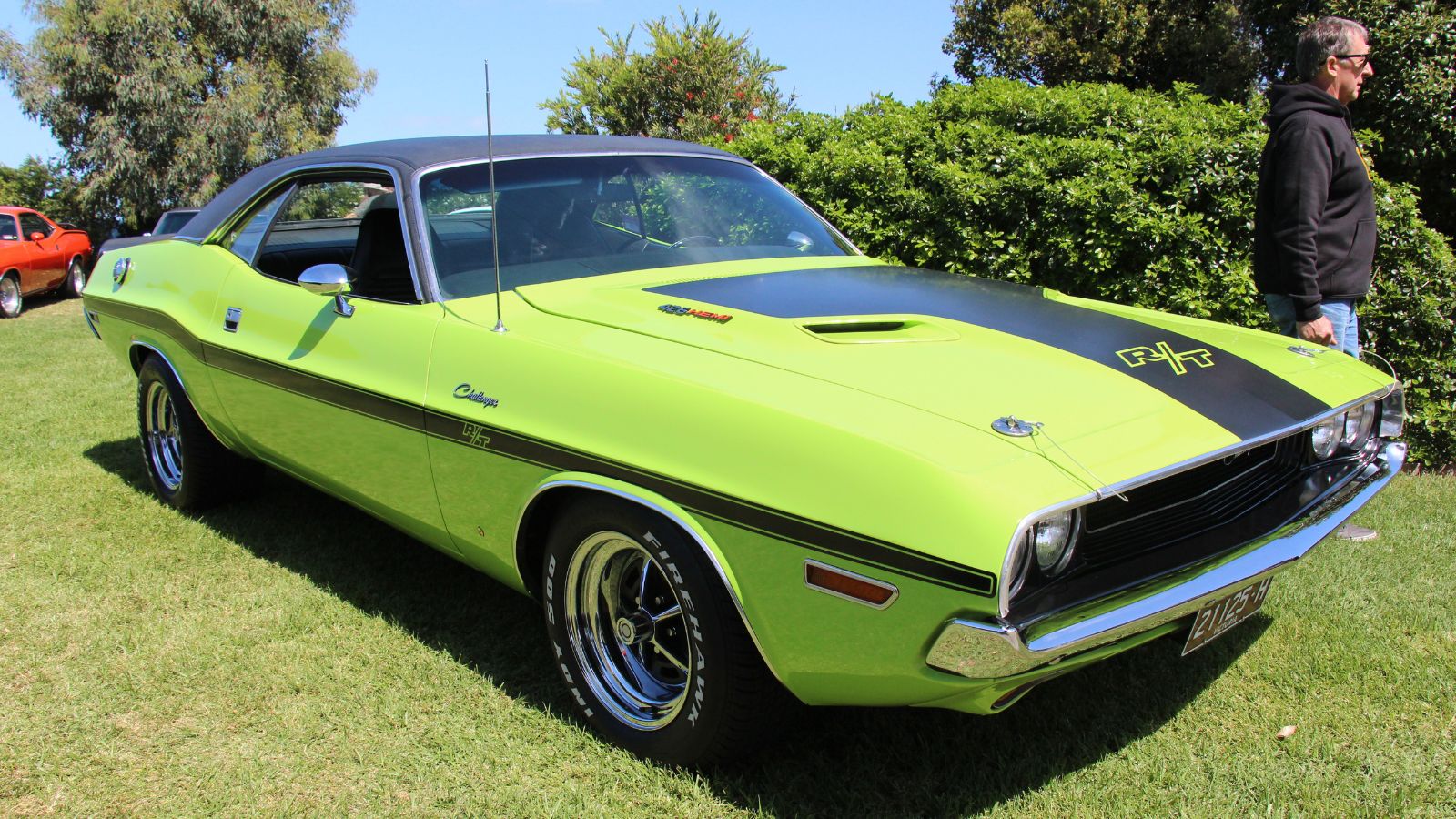
No list of big block legends is complete without Chrysler’s 426 Hemi. Installed in the Dodge Challenger among other Mopars, the Hemi produced an underrated 425 horsepower and dominated both the street and the track. Its hemispherical combustion chambers gave it superior airflow, and it became known as “The Elephant Engine” for its size and weight. The Challenger Hemi remains one of the most iconic combinations in American muscle history, with values today reflecting its legendary status.
Why Big Blocks Still Matter
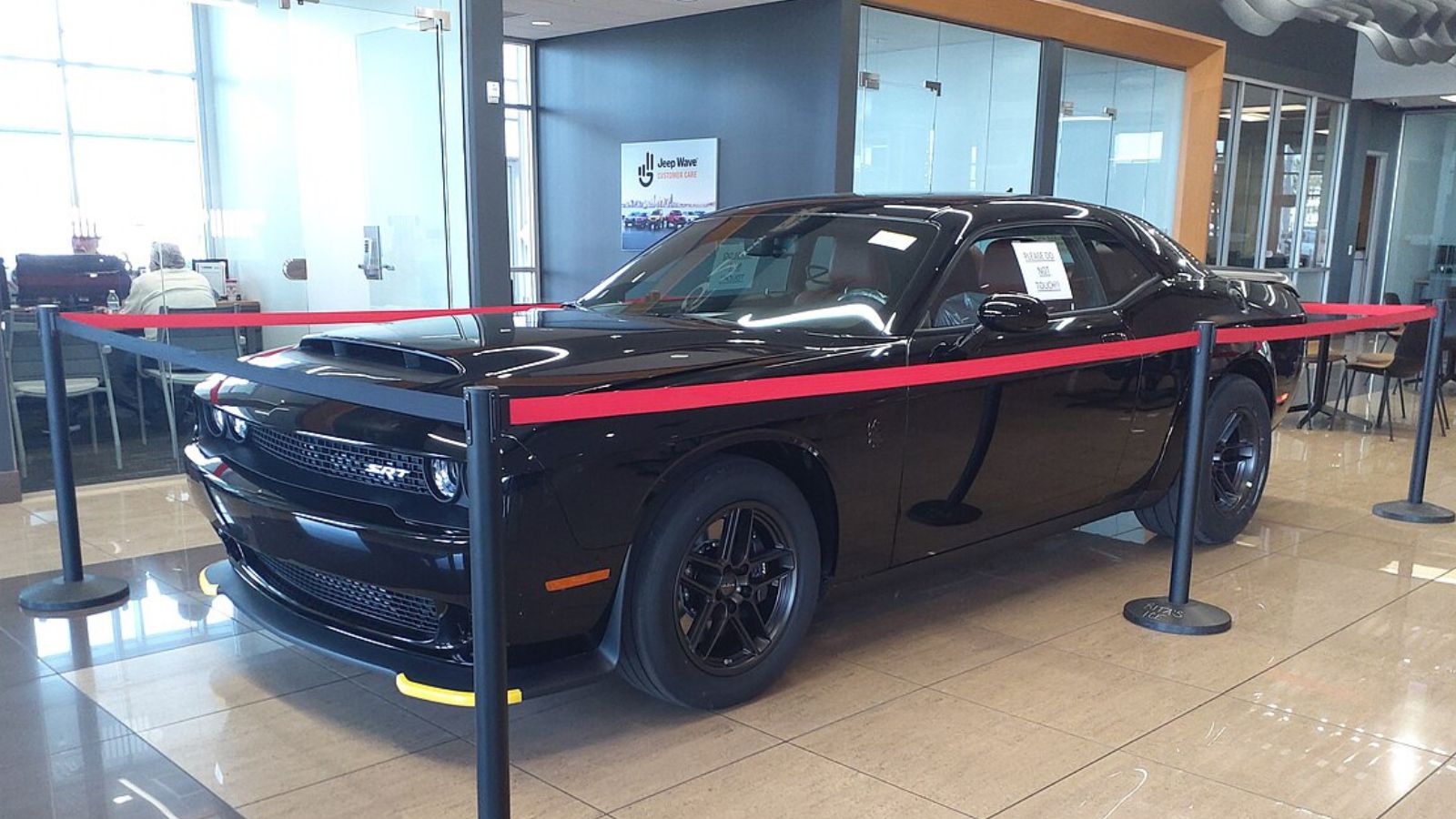
Big block engines may be gone from showrooms, but they remain symbols of a time when displacement was everything and automakers competed to build the biggest and baddest machines. Cars like the Chevelle SS 454, the Boss 429 Mustang, and the Challenger Hemi are more than just vehicles—they are pieces of cultural history. For enthusiasts, they represent freedom, raw power, and the thrill of an era when the factory gave you a car that was ready to dominate the quarter mile the moment you drove it off the lot.
25 Facts About Car Loans That Most Drivers Don’t Realize

Car loans are one of the most common ways people fund car purchases. Like any other kind of loan, car loans can have certain features that can be regarded as an advantage or a disadvantage to the borrower. Understanding all essential facts about car loans and how they work to ensure that you get the best deal for your financial situation is essential. Here are 25 shocking facts about car loans that most drivers don’t realize:
25 Facts About Car Loans That Most Drivers Don’t Realize
